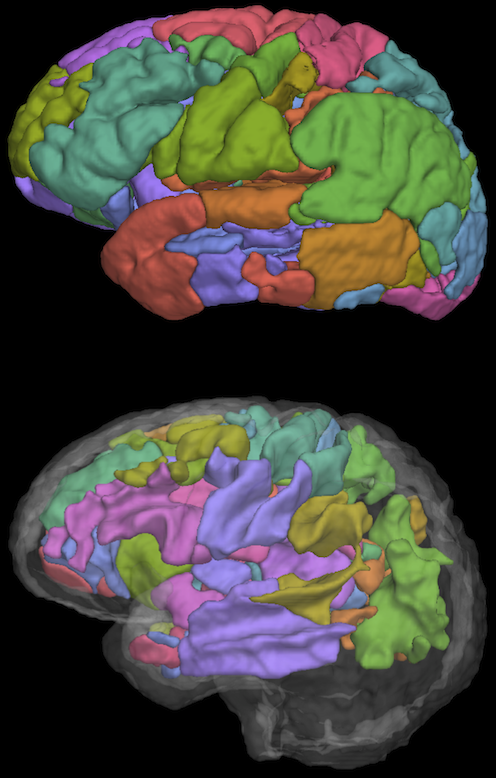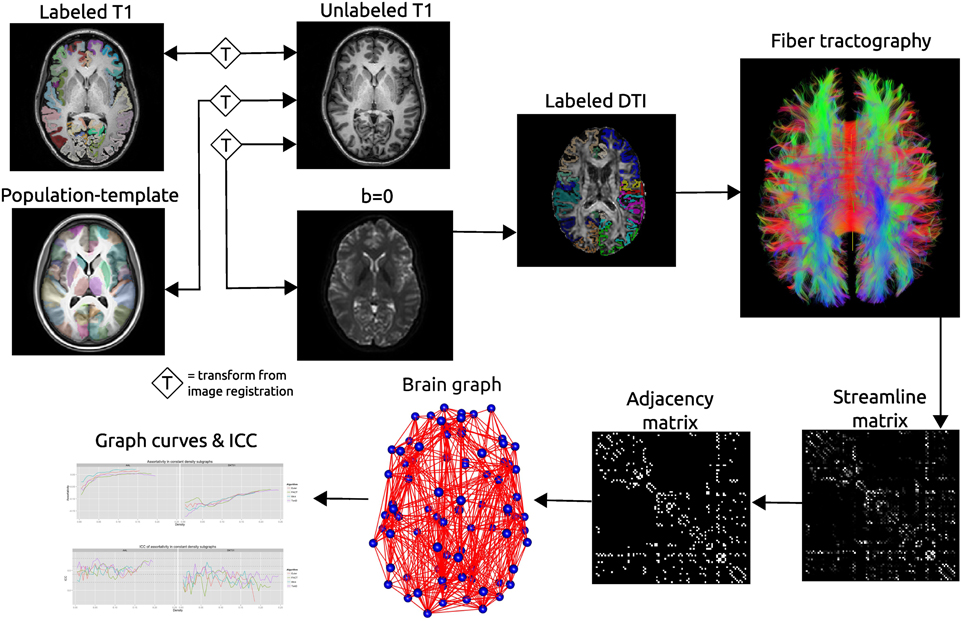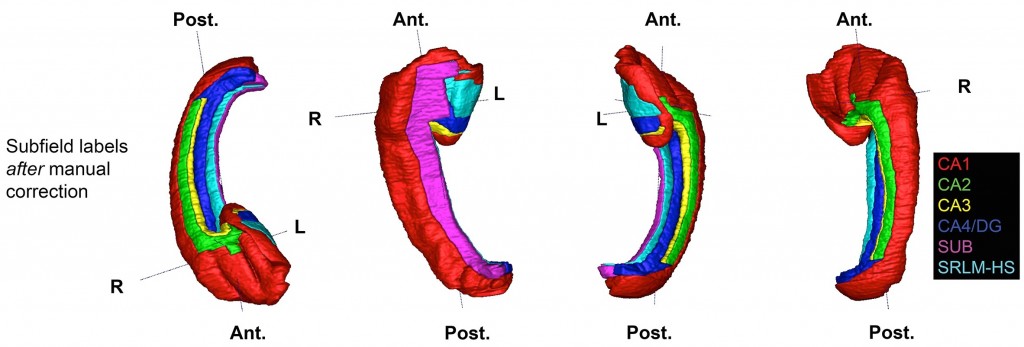Category Archives: Posts
Relating brain anatomy and cognitive ability using a multivariate multimodal framework

Linking structural neuroimaging data from multiple modalities to cognitive performance is an important challenge for cognitive neuroscience. In this study we examined the relationship between verbal fluency performance and neuroanatomy in 54 patients with frontotemporal degeneration (FTD) and 15 age-matched … Continue reading
Reproducibility of graph metrics of human brain structural networks

Recent interest in human brain connectivity has led to the application of graph theoretical analysis to human brain structural networks, in particular white matter connectivity inferred from diffusion imaging and fiber tractography. While these methods have been used to study … Continue reading
*New* ANTs Documentation
Polyaffine transformation model using region trajectory
We propose a novel way to construct a diffeomorphic polyaffine transformation model. Each affine transform is defined on a local region and the resulting diffeomorphism encapsulates all the local transforms by a smooth and invertible displacement field. Compared with traditional weighting schemes used in … Continue reading
Interactive Medical Image Registration
Interactive image registration is required by some medical applications since automatic image registration is often slow and sometimes error-prone. We consider interactive registration methods that incorporate user-specified local transforms around control handles. The deformation between handles is interpolated by some … Continue reading
Regional Thickness Measurement of Extra-hippocampal Medial Temporal Lobe Structures
Extra-hippocampal medial temporal lobe (ehMTL) structures, which consists of entorhinal (ERC) and perirhinal (PRC) cortices, receives increasing attention because they are amongst the earliest sites affected by Alzheimer`s Disease (AD) pathology and due to their important and complex role in episodic … Continue reading
Controllability on Brain Networks

Neuroscientific investigations seek to reveal how neural systems perform complex functions, how those systems and functions are altered in disease states, and how therapeutic interventions can be used to redirect these alterations. In essence, all three lines of investigation seek … Continue reading
Postmortem, probabilistic atlas of the human hippocampal formation

We are constructing a computational, probabilistic atlas of the human hippocampal formation (HF) from postmortem, high-resolution 9.4T MRI and densely acquired histology. The human HF consists of several structures of the medial temporal lobe that play important roles in the … Continue reading
ANTs Perfusion Processing
We have recently updated ANTs to perform processing of perfusion ASL images. The pipeline is designed to be consistent with the antsCorticalThickness pipeline for computing cortical thickness and incorporates state-of-the-art methods for correcting for motion and other confounds. Learn more … Continue reading